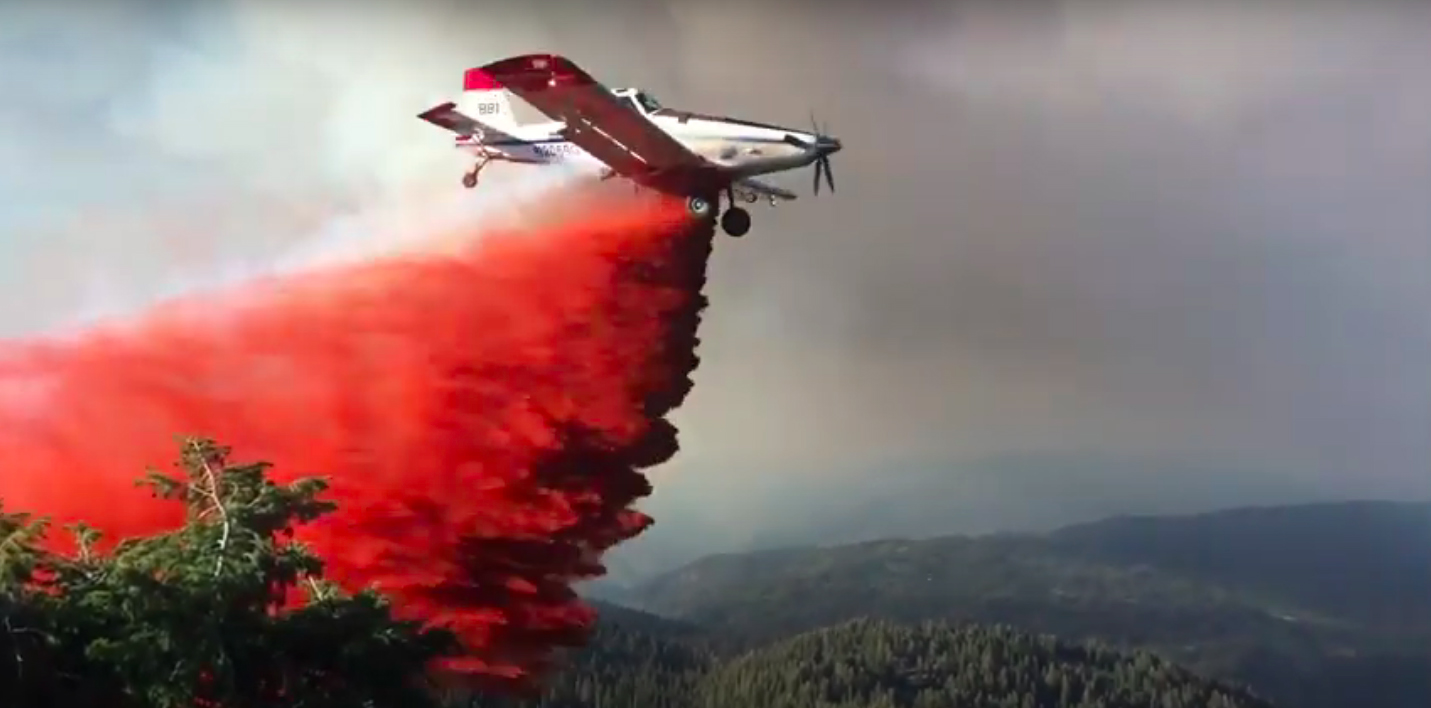
The PT6A Engine Powers Firefighting Heroes
Turbines Inc.’s clients include some of the most interesting pilots in the world. Our clients include people who work in mining & minerals, agriculture, and forest service.
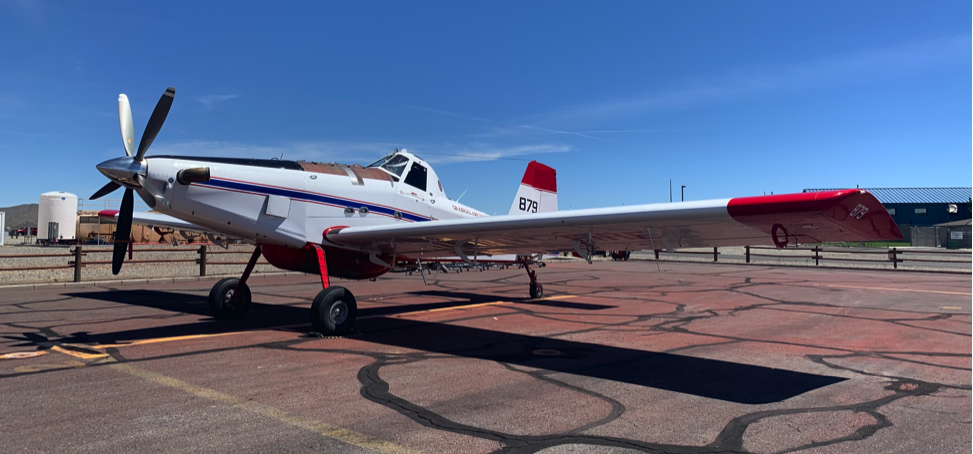
Planes like this one at the Reno/Stead airport are seldom seen new and clean and beautiful. They see a lot of hard, dirty service, flown by experts with razor-edged skills.
The History of Firefighting with Aircraft
The idea of fighting forest fires with aircraft dates back to 1929.
Frederich Karl von Koenig-Warthausen is a German aviator famous for the first solo flight around the world. His flight took him eastward from Berlin to Moscow, then to the Persian Gulf, across northern India and to Siam (now Viet Nam.) He travelled mostly by ship to China and Japan, then across the Pacific Ocean. After flying across the United States, he again took a ship back to Europe. He ended his flight in Hanover after 15 months.
During this flight, he made note of a wildfire while overflying the Santa Lucia Range in California. It must have been frustrating to see a fire and not be equipped to do anything about it.
That quickly changed, as planes called “air tankers” in the U.S. and “waterbombers” in Canada were developed and deployed. Today, pilots perform sophisticated “air attack” maneuvers to combat wildfires. They are supervised and directed by an Air Tactical Group Supervisor (or ATGS) that would overfly the area.
The Process of Firefighting with Aircraft
This video from WFSTAR is a great (and inspiring!) overview of the process.
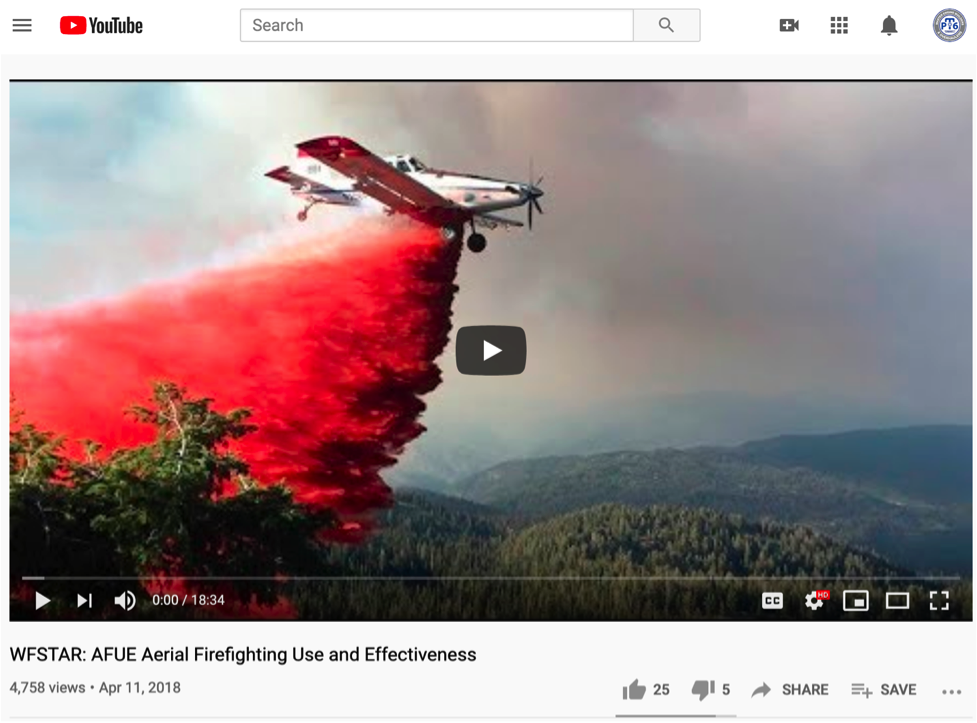 https://www.youtube.com/watch?v=g_TOnpIIDXk
https://www.youtube.com/watch?v=g_TOnpIIDXk
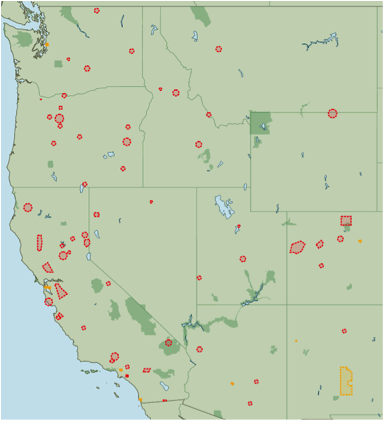 Aerial firefighting operations have unfortunately become a natural part of summer. This is an FAA map of the Western US used by pilots. It includes “TFRs” or temporary flight restrictions, several times a day in late summer. This one is from August 2020. Almost every one of those red shapes is a major fire burning.
Aerial firefighting operations have unfortunately become a natural part of summer. This is an FAA map of the Western US used by pilots. It includes “TFRs” or temporary flight restrictions, several times a day in late summer. This one is from August 2020. Almost every one of those red shapes is a major fire burning.
Firefighting And The PT6A Engine
Many of the aircraft used in these types of operations use the Pratt & Whitney PT6 Engine.
The mission requirements include:
- Low cost to acquire and operate.Government agencies work with limited funds. With these slim budgets, they must purchase aircraft, or to contract with private companies for aerial fire services.
- Longevity of aircraft. Many firefighting aircraft have “retired” from other work for cosmetic reasons. Famously, the Air Force One of the Ford Administration was pressed into service as an air tanker. It was purchased by a company in Saskatchewan and loaned to the U.S. in 2012.
- Dependability and safety.The lives of the pilots flying the planes depend on the aircraft responding well in the air. Fire operations demand quick reflexes as pilots adapt quickly. Winds near wildfires are notoriously difficult to predict. Freight loads change rapidly as water or retardant materials are dropped.
PT6-A Planes Used in Fire Operations
Air Tactical Group Supervisors, Spotters & Operations
These aircraft are required to be fast and reliable. In many cases, they must be able to land in remote places. Some need to carry equipment and supplies to ground-based firefighters or fire refugees.
- Air Tractor
- Beechcraft 99A & B99
- Blue 35
- Bonanza
- Cessna Caravan
- Cessna Conquest
- Cessna Skyhawk
- Cheyenne Series
- Dash 3 Turbine Otter
- DeHavilland DC-6 Twin Otter Series 300
- Embraer Caraja
- Embraer Tucano
- Frakes Mallard
- Frakes Turbo Cat
- IAI HeronTP
- JetProp DLX
- King Air Series
- Pacific Aerospace 750
- Piaggio Avanti II
- Pilatus PC-6 Turbo Porter
- Pilatus PC-7
- Piper Meridian
- Quest Kodial
- Schweitzer G-164-B Ag Cat Turbine
- Socata TBM 700
- T6A Texan II
- Thrush 550P, 660
- Vazar Dash 3 Turbine Otter
- Viking DC-6 Twin Otter
- XSTOL (750XL)
Tankers
These aircraft carry a “payload” of fire retardant to drop strategically in the fire zone.
- AirTractor AT-802F
- AT -1002
Aerial Firefighting in the Future
There is concern that the firefighting aircraft fleet is aging. And yet demand for aerial firefighting services continues to grow.
There is speculation that drones may be able to be used effectively in fire zones. But it’s interesting to note new firefighting Single Engine Air Tankers (SEATs) are still being developed.
These planes, at least initially, are designed to be piloted by humans, and yes, powered by our beloved PT6A engine.
Arcus Fire is coordinating this project with partners Flight Structures LTD and Pacific Aerospace.
Profile AT-802F: INITIAL ATTACK FIREFIGHTER.
All around the world, the Air Tractor AT-802F continues, season after season, to prove its value as an aerial firefighting asset without parallel.
- The Air Tractor AT-802F is built for battling fires large and small—not only as an initial attack firefighter, but also for extended duties supporting ground crews. It combines agility, performance, high reliability, and pinpoint accuracy with a versatility that allows it to operate where other firefighting aircraft can’t.
- A powerful Pratt & Whitney PT6A-67AG turbine engine allows the AT-802F to ferry between the fire and the airfield at speeds approaching 200 mph. Swift transit times coupled with the flexibility to operate from remote airstrips, dirt roads, or small airports near the fire, allow the AT-802F to make an impact on a fire very rapidly.
- Low operating cost, fuel efficiency, and extended operating range also make the AT-802F an ideal air asset for patrol duty—and immediate response—on days when wild fire risk is high.
- And when fire season is over, the AT-802F is ready to go back to work – not back into the hanger. The same qualities that make the AT-802F a superior aerial fire fighter also make it perfectly suited for forest restoration in the wake of wildfires. Its 800-gallon capacity, speed and maneuverability help to make quick work of hydromulch application or reseeding for erosion control.
From https://airtractor.com/aircraft/at-802f
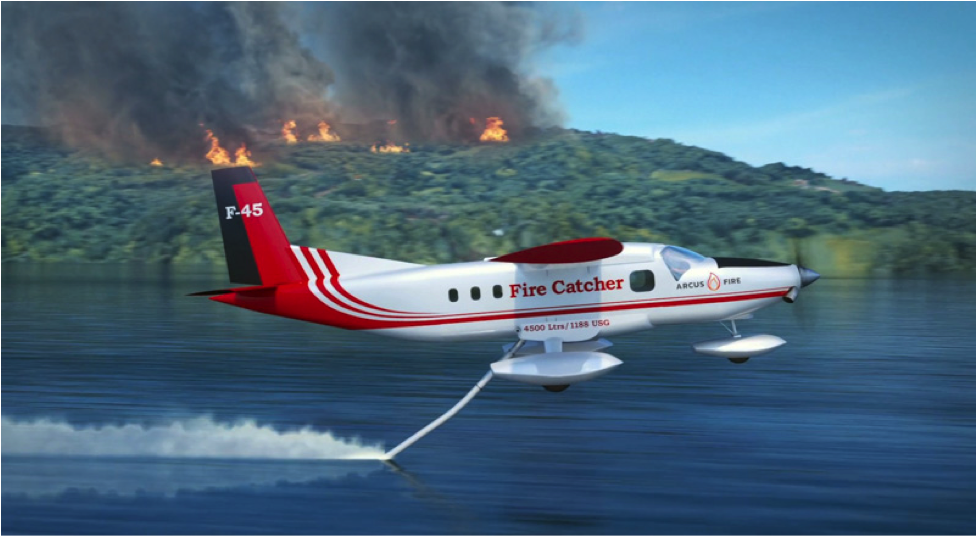
The Firecatcher F-25 is capable of carrying 660 gallons.
CAA/CASA/FAA Certification process is underway, and they expect it to be available in 2021. It is powered by the Pratt & Whitney PT6A-140A engine.
So, we expect that our firefighting heroes will continue to fly their marvelous PT6A-powered flying machines. And they will continue to protect us for quite some time.
Sources:
https://en.wikipedia.org/wiki/Aerial_firefighting
https://www.youtube.com/watch?v=g_TOnpIIDXk
https://www.npr.org/2012/07/01/155988407/firefighting-planes-battle-wildfires-and-old-age
https://airtractor.com/aircraft/at-802f/
https://fireaviation.com/2020/10/03/two-new-single-engine-air-tankers-are-being-designed
